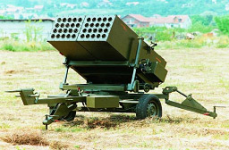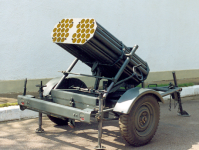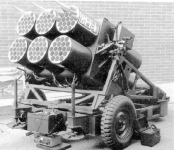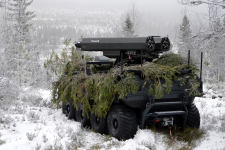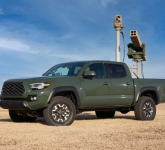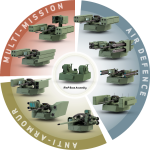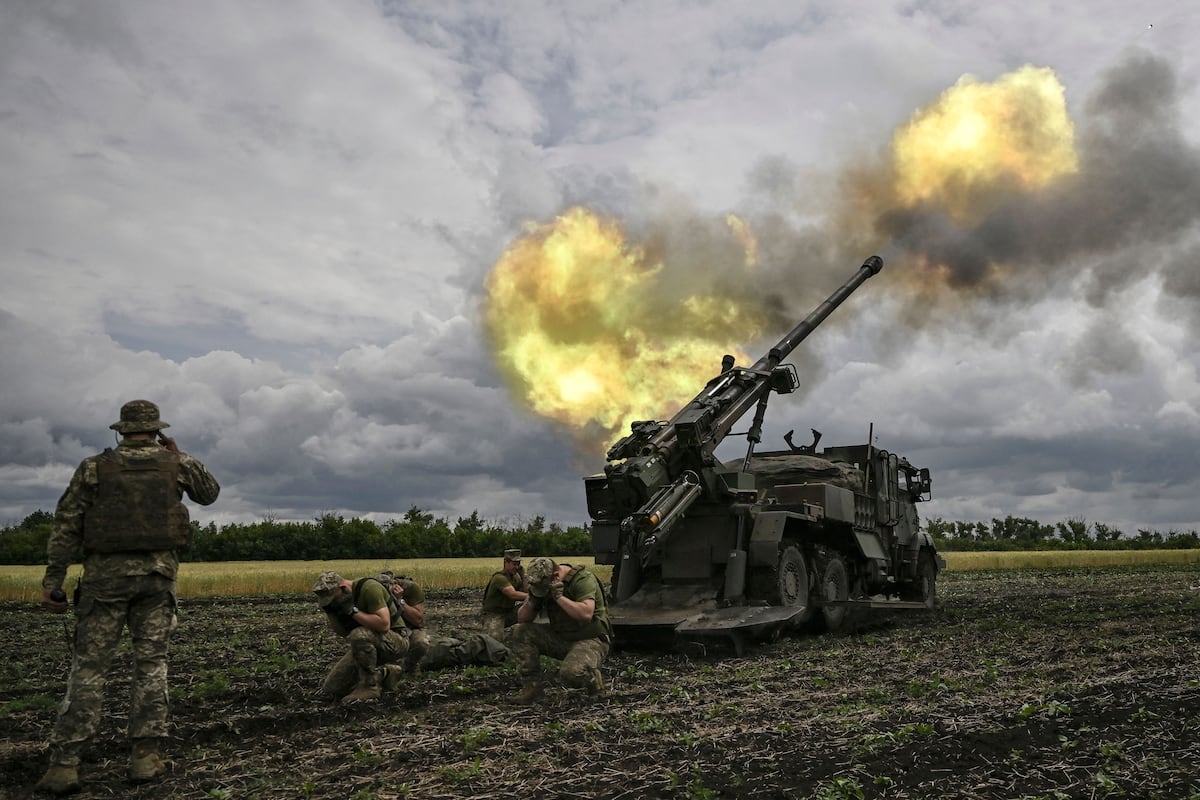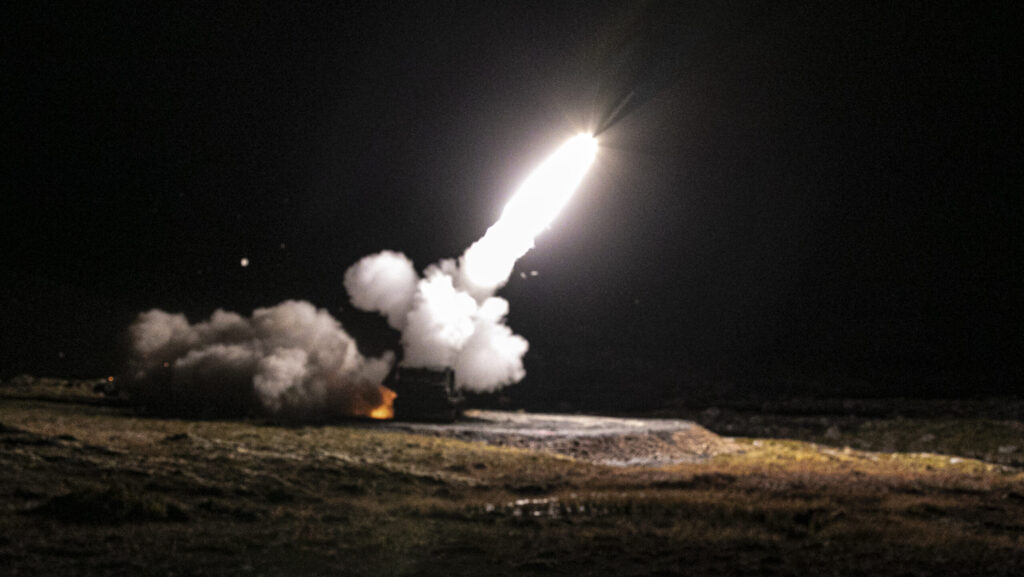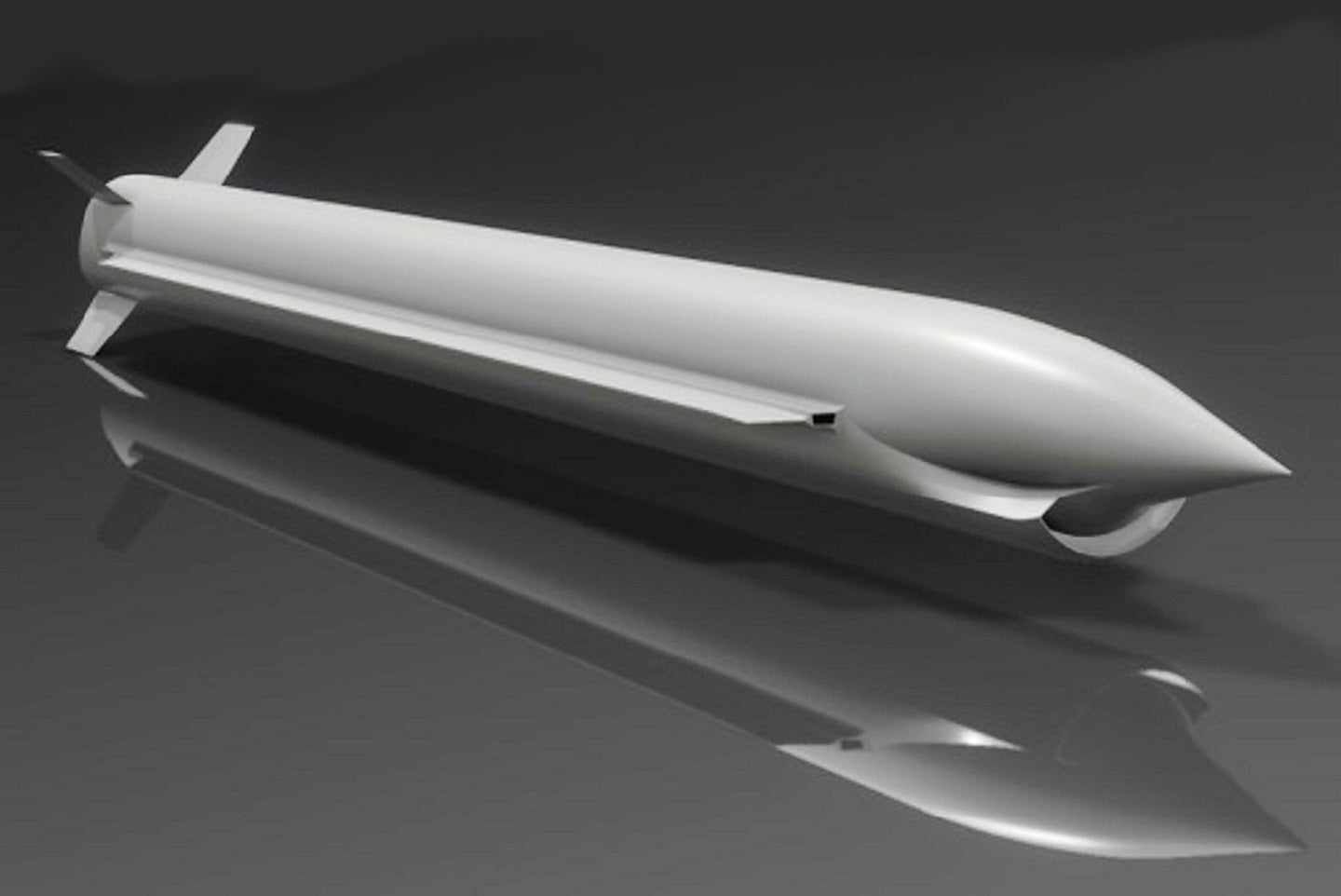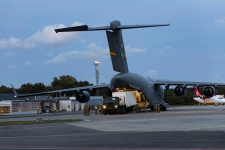Europe Vs The Pacific
Lessons learned from the Ukraine conflict absolutely have applicability elsewhere. But
when the distances get longer, the need for higher-end weapons become unavoidable.
US Army Pacific commander Gen. Charles Flynn, for example, is monitoring the growing EW challenges while also
awaiting new, longer-range precision munitions like
the PrSM and Dark Eagle hypersonic weapon. His area of responsibility was also
the first to recently receive the new Mid-Range Capability launcher development, also known as Typhon, that fires precision SM-6 and Tomahawk cruise missiles. The Philippines was the first
official international stop for that new weapon when the 1st Multi-Domain Task Force deployed there for a series of exercises.
Speaking with reporters Wednesday, Flynn said while he needs area fire weapons like mortars and howitzers, precision munitions remain essential.
“Maybe a mortar or two Howitzers have a role on the modern battlefield…and I would argue that that particular asset also plays a role out here,” Flynn said on a call. “But
out here, just like in Europe, you also need another set of equipment and types of munitions that are precision in nature, you know, GMLRS, ATACMS and… long-range precision fires.”
“All of those are going to be needed in today’s environment, and certainly into the future,” he added.



